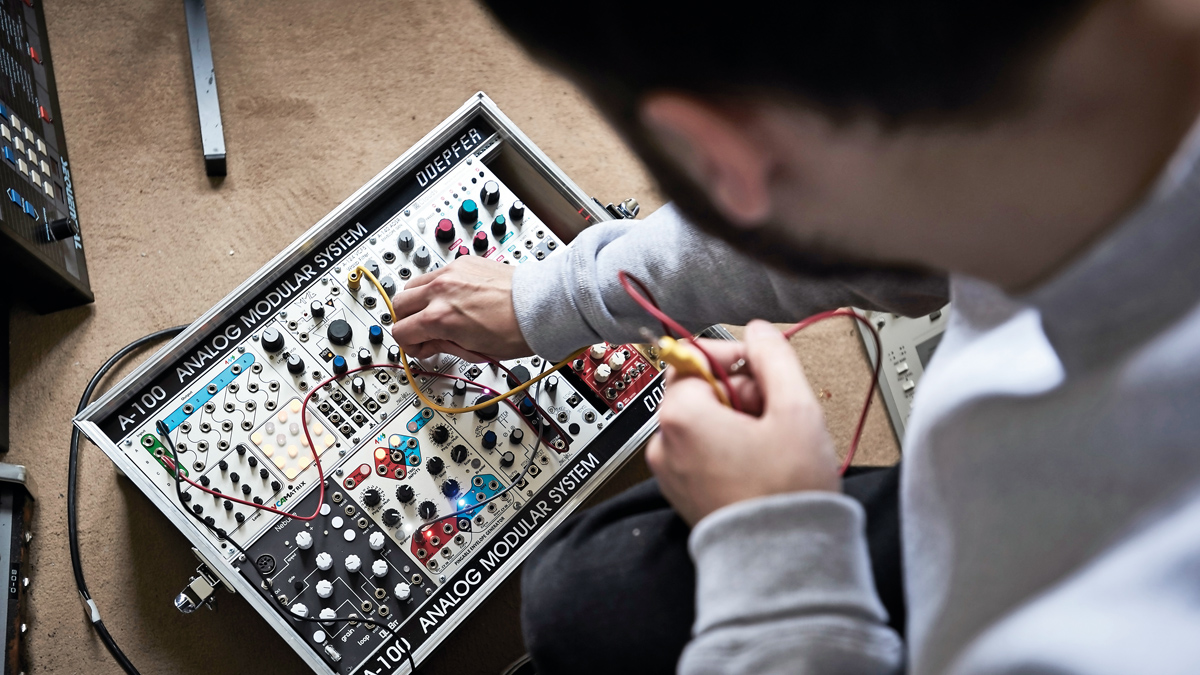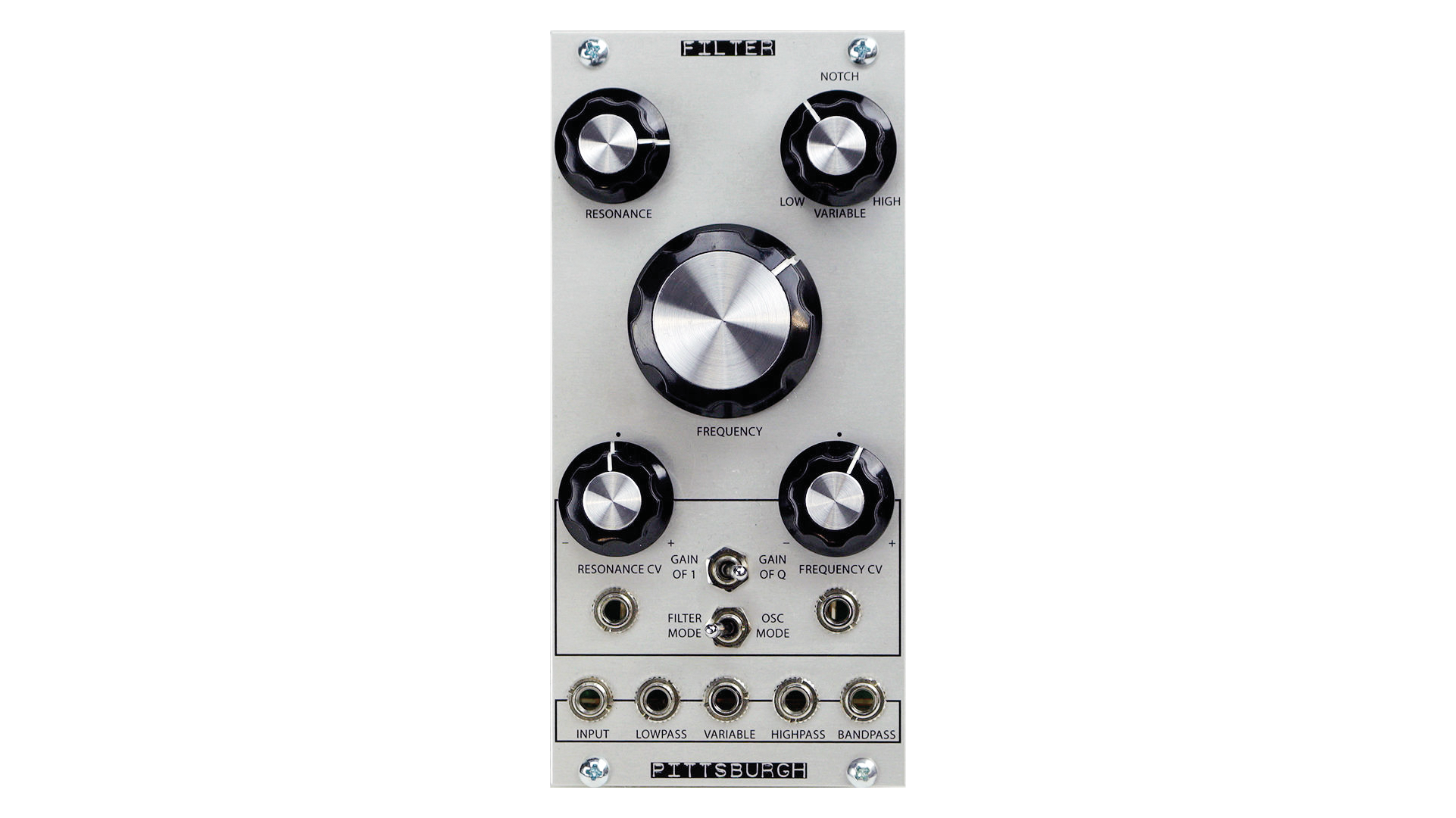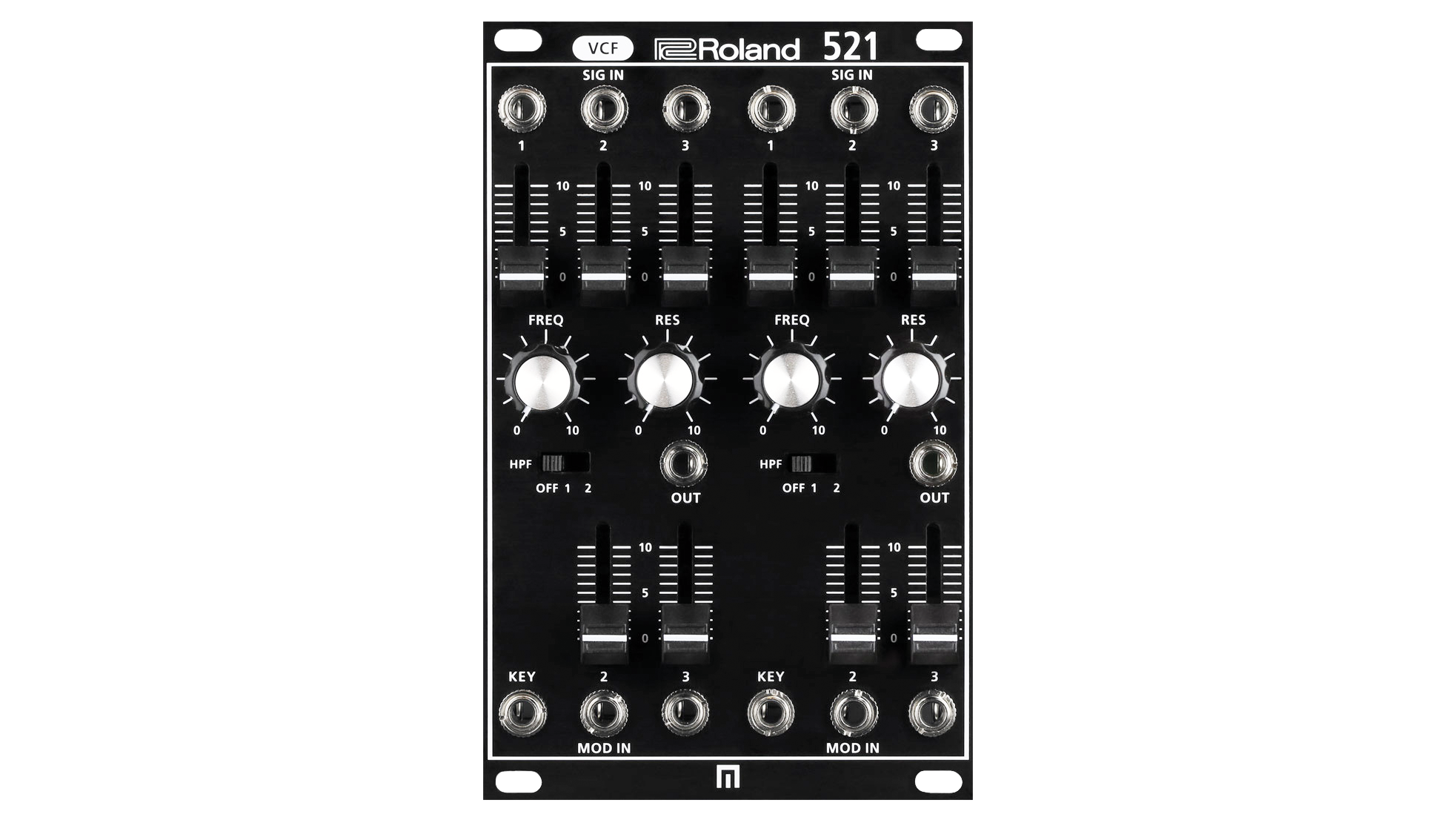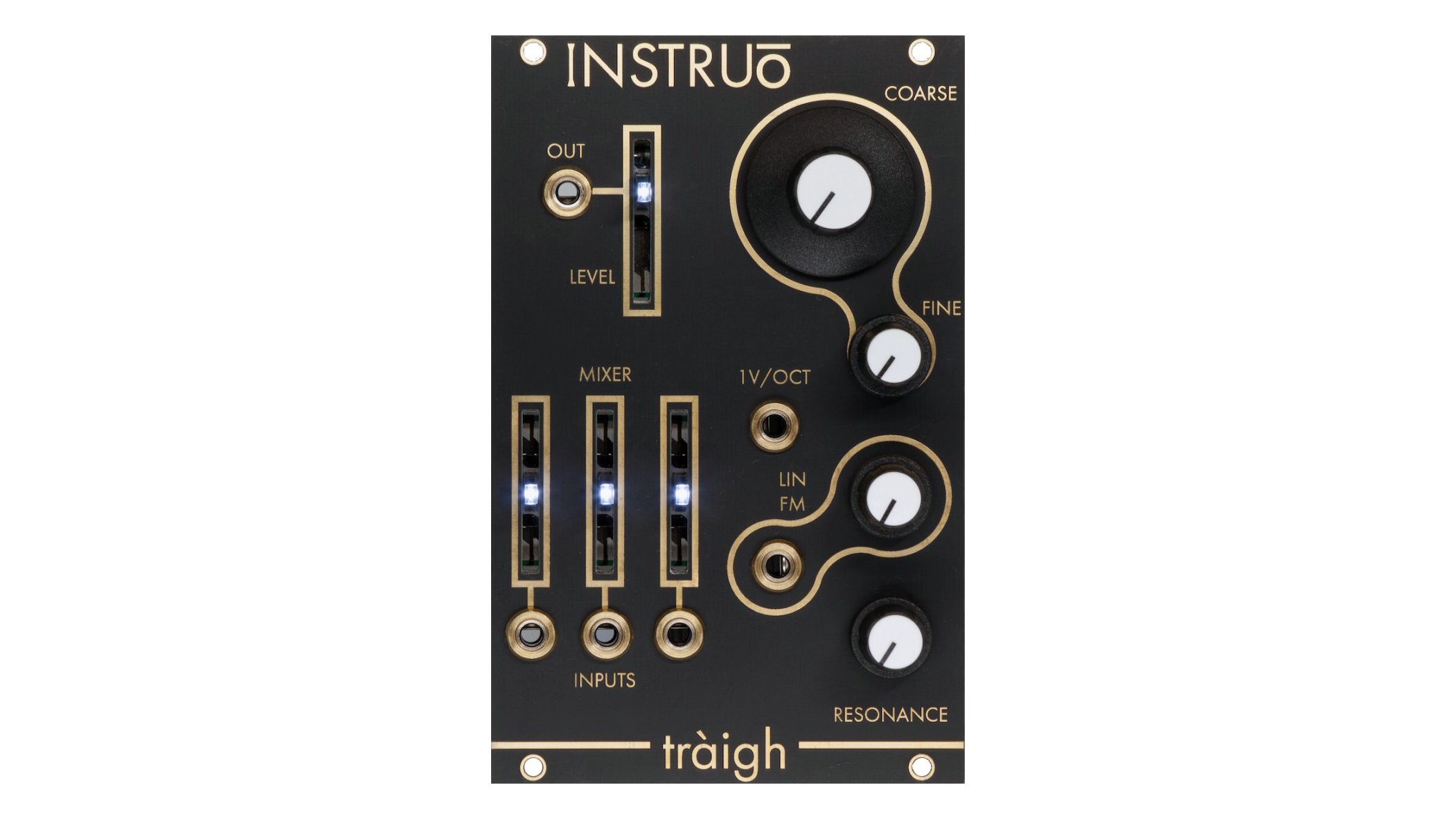How to design your perfect modular system: filters
Our guide to designing your ideal modular set-up continues with an essential component of any rig: the filters

For many modularists, the filter is the go-to tool for sound-shaping on the fly, which is why so many filters have an oversized knob for the cutoff. In essence a filter is a module that takes incoming audio and removes a controllable portion of the frequency range.
There are various types of filter but the most common are low-pass and high-pass filters. A low-pass filters out progressively more high frequencies as the filter is closed, while high-pass does the opposite.
You will see other types such as band pass, which allows a specific frequency range to pass through. You may also see state variable, a filter that encompasses these different filter types in one unit.

A big part of the characteristics of the filter comes from the resonance, which accentuates the harmonic content at the transition between filtered and unfiltered frequencies. Most filters have a control for setting amount. It’s the interplay between these two controls that has the bigger effect on output, varying from the full signal, through almost squelchy sounding, to the softest fundamental wave, with no harmonics.
Filters will often feature a few tools for manipulating the output. These can come in many shapes and sizes but there are a few common options. Keyboard tracking adjusts the cutoff point in relation to an incoming pitch.
Meanwhile, an envelope input is where you patch an envelope generator into the filter, so it opens and closes based on the modulation shape you send it. This is a particularly useful one, as it makes it easy to have notes that start soft then open up to be brighter, then close again. This can add definition and clarity to a pad, for example.
As well as the different variations you get for frequency filtering, there are also different architectures. There’s the ladder transistor type, which gives a warm Moog-like sound, or the SEM type, which is more Oberheim-sounding, plus numerous other styles.
Want all the hottest music and gear news, reviews, deals, features and more, direct to your inbox? Sign up here.
Three filters to consider...
Pittsburgh Modular State Variable Filter

This filter is discontinued but still widely available on the used market and it’s a truly fantastic option. It sounds amazing and has all the patching needed for expressive filtering.
Roland 521

This dual filter from the system 500 is a beautifully classic-sounding ladder filter, with switchable high-pass, two modulation inputs per filter and a keyboard input. It uses sliders rather than rotary controls, except for the cutoff and resonance.
Instruo Tràigh

This may be a ladder filter but it’s so much more too. It has a built-in, three-channel mixer, frequency modulation and – although large – it looks and sounds beautiful, from silky smooth to crisp and defined, to characterful with added modulation.


Future Music is the number one magazine for today's producers. Packed with technique and technology we'll help you make great new music. All-access artist interviews, in-depth gear reviews, essential production tutorials and much more. Every marvellous monthly edition features reliable reviews of the latest and greatest hardware and software technology and techniques, unparalleled advice, in-depth interviews, sensational free samples and so much more to improve the experience and outcome of your music-making.
